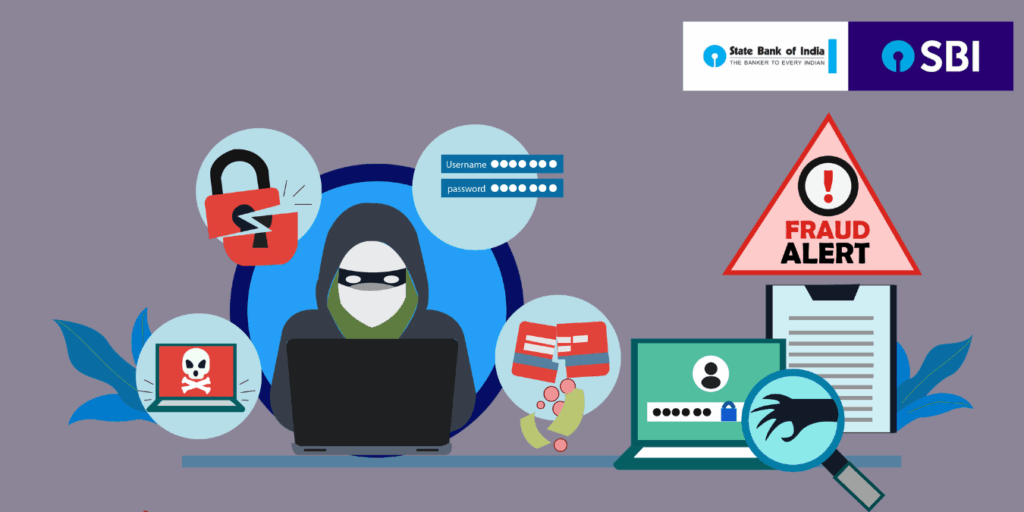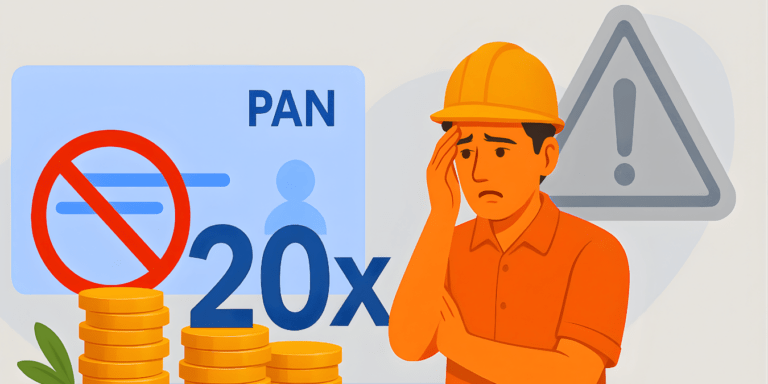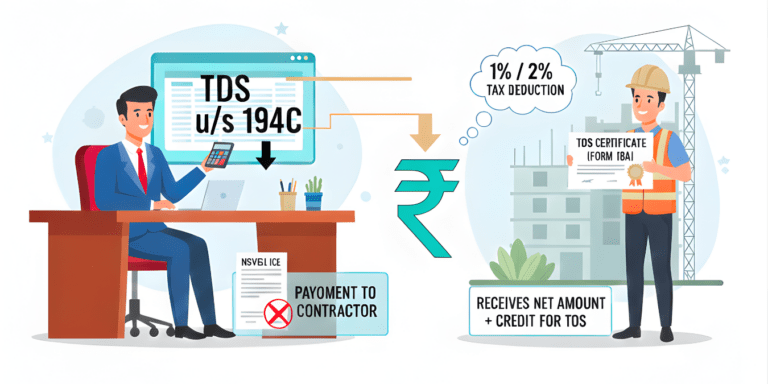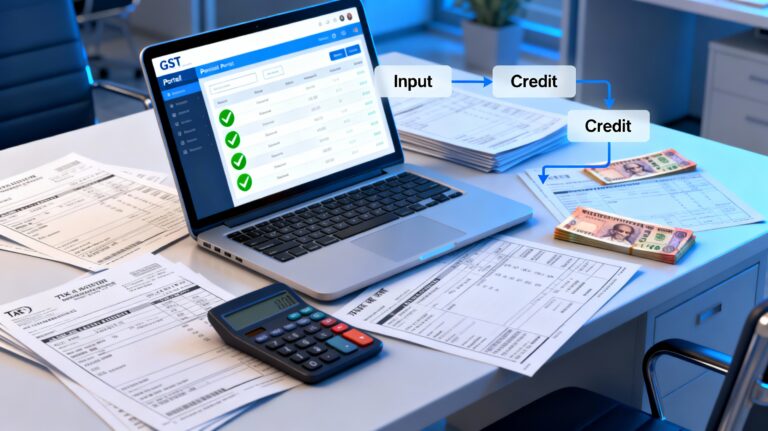
ITAT Ruling 2025: Can Agricultural Income Pay Your Credit Card Bills?
Did the 2025 Delhi ITAT ruling just save farmers from a Rs. 9.99 lakh tax shock? This landmark verdict stops tax authorities from flagging credit card payments from agricultural income as unexplained. Discover how this game-changer protects taxpayers, why it’s sparking debates, and what you must do to stay compliant in 2025. Uncover essential tips to safeguard your farm income from unfair scrutiny—before the next tax notice hits! Click to reveal the secrets behind this ruling and secure your financial future.
The recent ruling by the Income Tax Appellate Tribunal (ITAT) in Delhi concerning credit card payments made from agricultural income has become a landmark judgment in Indian tax jurisprudence for 2025. The tribunal deleted an addition of nearly Rs.9.99 lakh that the Assessing Officer had treated as unexplained under Section 69C of the Income Tax Act, 1961. This decision sends a strong message: agricultural income, though exempt, cannot be assumed as unexplained expenditure when the taxpayer has disclosed it transparently and furnished proper documentation.
For taxpayers across India—especially those with genuine agricultural income—this verdict has far-reaching implications in preventing arbitrary additions by tax authorities and ensuring fairness under the law. Let us unpack the context, reasoning, and future impact of this ruling in detail.
Why the 2025 ITAT Ruling Matters for Indian Taxpayers
Agriculture remains the backbone of the Indian economy, with over 45% of the workforce directly dependent on it. Agricultural income enjoys exemption from tax under Section 10(1), but it often attracts scrutiny because taxpayers may use agricultural receipts for expenses, loan repayments, or large-value payments like credit card bills. The Delhi ITAT’s 2025 ruling in Venkateswarlu Chandu vs. DCIT (2025 TAXSCAN (ITAT) 1700) addresses this tension, emphasizing that disclosed and documented agricultural income cannot be arbitrarily labeled as unexplained expenditure. This verdict is a game-changer for farmers, landowners, and agriculturally dependent taxpayers across India.
In recent years, the Income Tax Department has increasingly relied on data-matching—such as credit card usage, bank transactions, and purchase records—to flag cases of unexplained expenditure. Section 69C provides that if a taxpayer cannot satisfactorily explain the source of expenditure, the amount can be deemed as income and taxed accordingly.
The Delhi ITAT ruling directly challenges this aggressive stance by clarifying that suspicion alone does not justify additions. It reinforces the principle that the burden of proof lies on the revenue authorities, not just the taxpayer.
Understanding Section 69C and Its Role in Tax Disputes
What Is Section 69C?
Section 69C of the Income Tax Act addresses unexplained expenditure, stating that any expenditure whose source cannot be satisfactorily explained is deemed income and taxed at the highest applicable rate. This section is often invoked when taxpayers make large payments—such as credit card bills, luxury purchases, or investments—without clear evidence of funding sources.
Section 69C deals with unexplained expenditure. It states:
- If an assessed incurs expenditure but cannot explain the source satisfactorily, such expenditure shall be deemed to be income.
- The addition under this section attracts the highest applicable tax rate (without benefit of slab rates or exemptions).
In practice, this provision is often used when:
- Large credit card bills are paid in cash.
- Luxury purchases are made without visible declared income.
- Investments are traced without declared funding sources.
However, agricultural income is a grey area. While exempt, it still needs transparent disclosure. This creates tension between taxpayers relying on genuine farm receipts and assessing officers suspicious of inflated or bogus agricultural claims.
Why Agricultural Income Faces Scrutiny
While agricultural income enjoys tax-exempt status, it must be disclosed transparently in income tax returns (ITRs). Tax authorities frequently question its genuineness, suspecting misuse to legitimize unaccounted funds. Common triggers for scrutiny include:
- Cash payments for credit card bills exceeding Rs. 1 lakh annually, reported under Rule 114E.
- High-value purchases inconsistent with declared income.
- Large bank deposits without corresponding sale records.
The 2025 ITAT ruling clarifies that suspicion alone cannot justify additions under Section 69C, especially when agricultural income is properly documented.
The 2025 ITAT Case: Breaking Down the Facts
Case Background
In Venkateswarlu Chandu vs. DCIT (Assessment Year 2017-18), the assessee, a resident of Andhra Pradesh, declared an agricultural income of Rs.23.1 lakh in his ITR, which he used to pay credit card bills in Delhi. The Assessing Officer (AO) questioned the logistics of transporting cash over 1,800 km and added Rs.9.99 lakh as unexplained expenditure under Section 69C. The Commissioner of Income Tax (Appeals) upheld the AO’s decision, prompting an appeal to the Delhi ITAT.
ITAT’s Key Observations
The ITAT, led by Vice President Mahavir Singh, ruled in favor of the taxpayer, highlighting:
- Disclosed Income: The agricultural income was declared in the ITR and accepted by the AO during assessment.
- Documentation Provided: The assesse furnished landholding records and crop-related documents.
- Lack of Verification: The AO failed to independently verify crop yields, sale records, or the income’s genuineness.
- Burden of Proof: Additions based on “doubt and suspicion” without concrete evidence are invalid.
This ruling sets a precedent that protects taxpayers who maintain transparent records while using agricultural income for legitimate expenses.
Key Takeaways from the ITAT Ruling
The 2025 ITAT ruling offers critical insights for taxpayers:
- Exempt Income Is Valid: Disclosed and documented agricultural income cannot be treated as unexplained expenditure under Section 69C.
- Revenue’s Burden: Tax authorities must provide evidence to challenge the genuineness of agricultural income, not rely on assumptions.
- Taxpayer Protection: Proper record-keeping shields taxpayers from arbitrary additions.
- Precedent for Future Cases: This ruling may guide similar disputes involving agricultural income and high-value payments.
These takeaways empower taxpayers to confidently use agricultural income for legitimate financial needs, provided they follow compliance best practices.
How to Use Agricultural Income Safely in 2025
To avoid scrutiny and ensure compliance, taxpayers relying on agricultural income should adopt robust documentation and financial practices. Here’s how to stay protected:
Essential Documentation
Maintaining clear records is critical to substantiate agricultural income. Key documents include:
- Land Ownership/Lease Papers: Prove your right to cultivate the land (e.g., sale deeds, lease agreements).
- Khasra-Khatauni Records: Official land records verifying agricultural use.
- Crop Pattern Evidence: Documents showing crops grown align with regional and seasonal norms.
- Sale Receipts: Mandi receipts, cooperative society slips, or e-NAM transaction records.
- Bank Statements: Show agricultural sale proceeds deposited and used for payments.
Safe Financial Practices
To minimize tax risks when using agricultural income for credit card payments or other expenses:
- Use Banking Channels: Deposit sale proceeds into a bank account and use digital payments for transparency.
- Align Income with Landholding: Ensure declared agricultural income matches your land size and local crop yields.
- Avoid Cash Transactions: Cash payments over Rs. 1 lakh for credit card bills trigger reporting under Rule 114E.
- Maintain Consistency: Avoid sudden spikes in declared agricultural income without supporting evidence.
- Link Payments to Income: When paying credit card bills, ensure the payment trail traces back to documented agricultural income.
By following these practices, taxpayers can reduce the risk of scrutiny and protect their exempt status.
Common Mistakes That Trigger Section 69C Scrutiny
Many taxpayers inadvertently invite tax notices due to avoidable errors. Here are the most common mistakes to steer clear of:
- Overstating Agricultural Income: Declaring income disproportionate to land size or crop yields raises red flags.
- Cash-Only Transactions: Using cash for large payments without banking records invites suspicion.
- Inadequate Documentation: Failing to provide sale receipts or land records weakens your case.
- Inconsistent Reporting: Declaring agricultural income in one year but not in subsequent years creates doubt.
- Mixing Personal and Business Expenses: Using agricultural income for non-agricultural expenses without clear segregation.
Avoiding these pitfalls ensures your agricultural income remains unquestioned by tax authorities.
Pro Tips for Tax Compliance in 2025
To stay ahead of tax scrutiny and align with the ITAT’s 2025 ruling, consider these expert tips:
- Leverage Digital Tools: Use platforms like e-NAM or state mandi apps to generate verifiable sale receipts.
- Maintain Land Records: Keep updated copies of registry, mutation, and Khasra-Khatauni records linked to PAN for transparency.
- Clarify Family-Owned Land: For joint or family farmland, document ownership and income-sharing ratios to avoid disputes.
- Separate Bank Accounts: Use a dedicated bank account for agricultural transactions to simplify tracking.
- Document Payment Flows: When paying credit card bills, maintain a clear link between crop sale proceeds and payments.
- Consult Professionals: Engage a chartered accountant to ensure ITRs reflect accurate agricultural income and deductions.
These proactive steps align with the ITAT’s emphasis on transparency and evidence-based assessments.
Impact on Tax Authorities’ Approach
The 2025 ITAT ruling sends a strong message to the Income Tax Department:
- Stronger Verification Required: AOs must conduct thorough inquiries, such as consulting agricultural officers or mandi records, before making additions.
- No Room for Suspicion-Based Additions: Arbitrary additions without evidence are likely to be overturned on appeal.
- Shift Toward Evidence-Based Assessments: The ruling pushes tax authorities to rely on data and documentation rather than assumptions.
This shift may lead to more rigorous but fair scrutiny of agricultural income in 2025, benefiting compliant taxpayers.
Broader Implications for Agricultural Income in India
Agricultural income has long been a contentious area in Indian tax law, with some misusing its exempt status to legitimize unaccounted funds. The ITAT’s ruling addresses this by:
- Protecting Genuine Farmers: Transparent taxpayers are safeguarded from unfair tax additions.
- Discouraging Misuse: The emphasis on documentation discourages inflated or bogus agricultural income claims.
- Encouraging Digital Compliance: With tools like e-NAM and PAN-linked land records, taxpayers can provide verifiable evidence, aligning with India’s push for digital transparency.
This ruling also aligns with broader tax reforms in 2025, such as enhanced reporting requirements for agricultural income exceeding Rs.5 lakh, introduced in ITR forms for AY 2025–26.
Key Takeaways
The 2025 Delhi ITAT ruling clarifies that credit card payments from disclosed and documented agricultural income are not unexplained expenditure under Section 69C. Tax authorities must verify claims with evidence, not suspicion. Taxpayers should maintain land records, sale receipts, and banking trails to avoid arbitrary additions and ensure compliance.
Final Thought and Call to Action
The 2025 ITAT ruling is a victory for transparency and fairness in Indian tax law, offering relief to taxpayers who rely on agricultural income. By reinforcing that documented income cannot be arbitrarily questioned, it empowers farmers and landowners to use their earnings confidently for legitimate expenses like credit card payments. To leverage this ruling, review your record-keeping practices today. Ensure your land records, sale receipts, and banking trails are in order, and consider consulting a tax professional to align your ITR with 2025’s enhanced reporting requirements.
Take action now: Organize your agricultural income documents, use digital platforms like e-NAM for verifiable records, and file your ITR for AY 2025–26 before the September 15, 2025, deadline to avoid penalties. Transparency is your strongest defense—start building it today































